Huawei unveils its first million-yuan luxury car! Is the era of domestically produced luxury cars finally here?
![]() 11/27 2024
11/27 2024
![]() 557
557
After much anticipation, the Huawei Mate brand gala finally arrived on November 26, bringing together Huawei fans, consumers, and tech enthusiasts. Lei Technology - Electric Vehicle News was invited to attend the event.
At the conference, Huawei unveiled its new flagship Mate 70 series starting at 5,499 yuan and the new foldable flagship Mate X6 starting at 12,999 yuan, pushing the atmosphere to a climax. Beyond smartphones, tablets, and earphones, Huawei also introduced three new vehicles: the Zhijie X7, Xiangjie S9 Ultra Long Range Edition, and Zunjie S800. The arrival of these three models further ignited the atmosphere at the event.
The Zhijie X7, Xiangjie S9 Ultra Long Range Edition, and Zunjie S800 represent more than just three cars; they mark a new starting point for the future development of HarmonyOS Intelligent Mobility.
However, with increasingly fierce market competition and frequent news of financial difficulties among new players, can the Zhijie X7, Xiangjie S9 Ultra Long Range Edition, and Zunjie S800 live up to the expectations of Huawei and its partners?
Among the three cars introduced at the Huawei Mate brand gala, the Xiangjie S9 Ultra only introduced a new version with a range of up to 816 km under CLTC conditions, priced at 429,800 yuan, with little else to highlight.
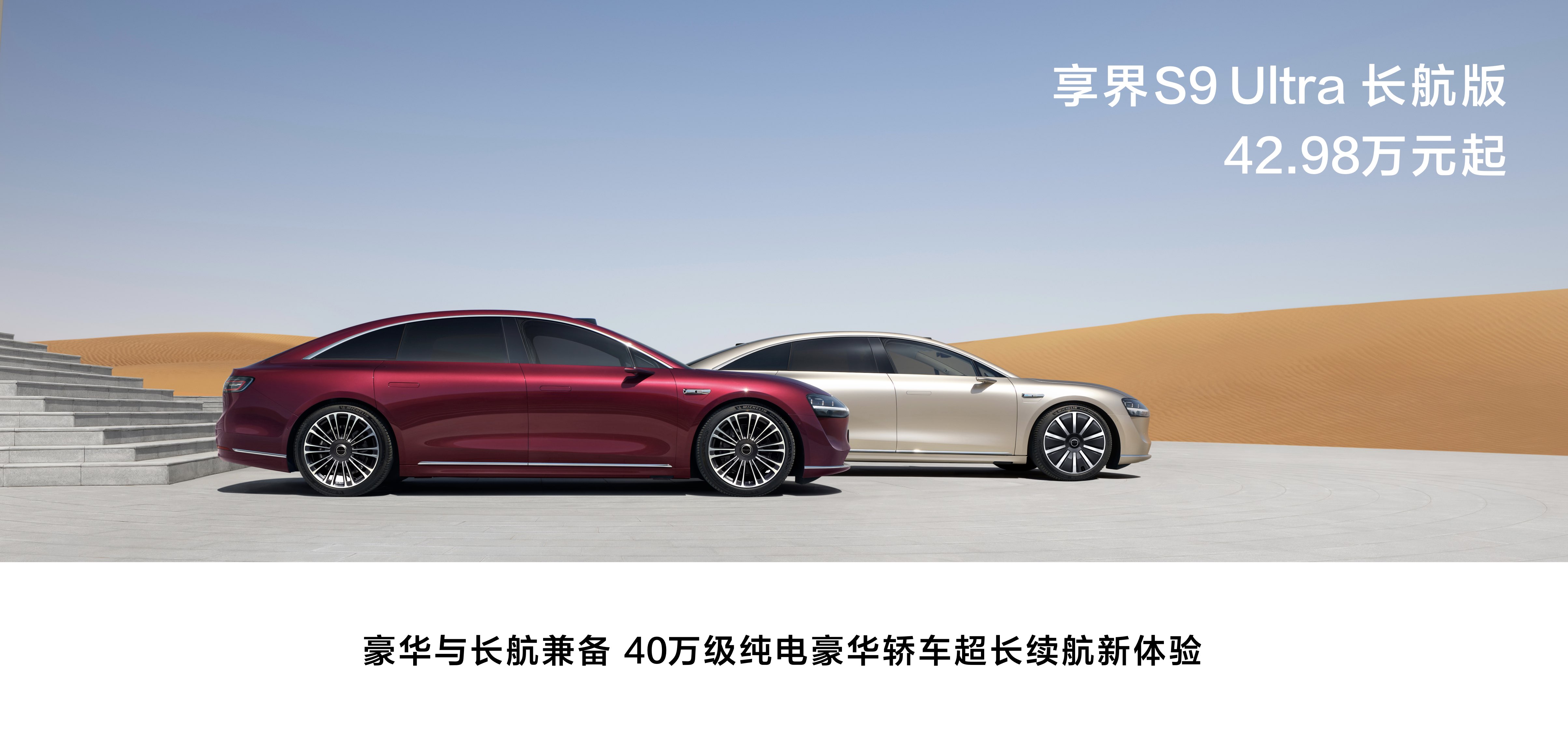
(Image source: Huawei)
The Zhijie X7 boasts new comfort, aesthetics, performance, and intelligence, offering C+ class spaciousness, seven color options, and a choice of 19/20/21-inch wheels. Other performance and intelligence enhancements have also been achieved through tuning and OTA updates, but overall, it is a routine refresh.
In terms of pricing, the Zhijie X7 is available in three versions: Pro at 229,800 yuan, Max 705km Long Range Edition at 269,800 yuan, Max 855km Ultra Long Range Edition at 289,800 yuan, and Ultra at 319,800 yuan.

(Image source: Huawei)
At the end of the conference, the much-anticipated million-yuan luxury car, the Zunjie S800, made its grand debut, showcasing its exterior and partial interior for the first time. Unfortunately, most interior and configuration details remain confidential.
According to Huawei, the Zunjie S800 adopts a design concept of harmony between heaven, earth, and humanity, with dimensions of 5480×2000×1536mm and a wheelbase of 3370mm. Although Huawei has not disclosed interior details, the nearly five-meter body length is a testament to its spacious interior, often indicating a comfortable ride.
The Zunjie S800 is the first to feature the second-generation Tuling platform, the Tuling Dragon platform, and adopts an L3 autonomous driving architecture, achieving the "three intelligences" integration of intelligent driving, intelligent cockpit, and intelligent domain control, offering strong upgrade potential. The vehicle's intelligent features align with current L2+ intelligent driving standards and scenarios, and with future L3 intelligent driving capabilities, the Zunjie S800 can be upgraded via OTA to enhance the user experience.
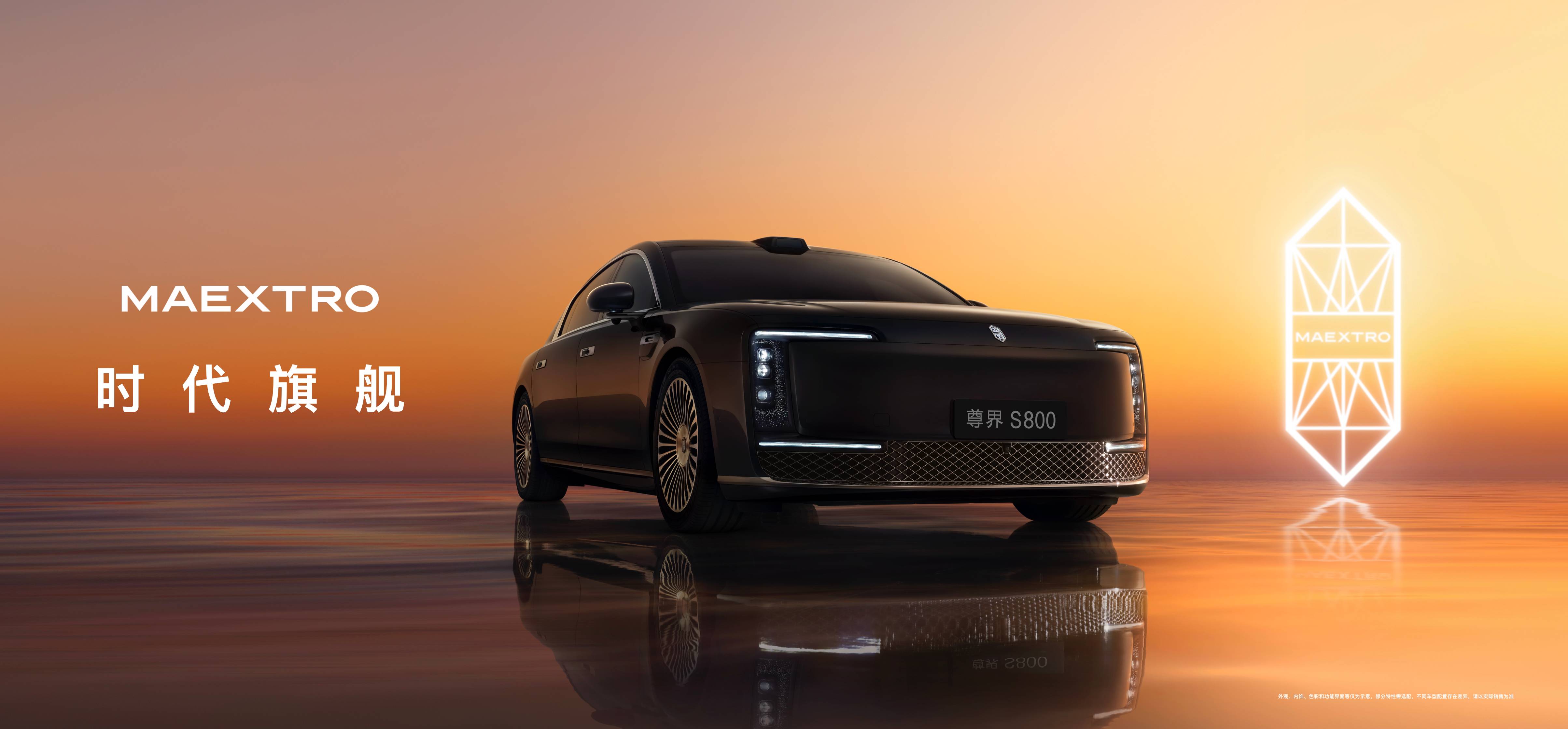
(Image source: Huawei)
Additionally, the Zunjie S800 adopts a sixth-generation aircraft concept and 8S design standard, featuring eight key characteristics: super cruise, super maneuverability, super information perception, super privacy, sky-ground networking, AI assistance, active protection system, and ultra-reliability.
Pre-orders are now open with a deposit of 200 million yuan. Huawei revealed an estimated price range of 1 to 1.5 million yuan, with exclusive benefits for early bookings.
In summary, the Zhijie X7 and Xiangjie S9 Ultra Long Range Edition inherit HarmonyOS Intelligent Mobility's tradition of abundant features. The Zhijie X7 is likely to continue the high sales of its predecessor, becoming another pillar of HarmonyOS Intelligent Mobility, while the Xiangjie S9 Ultra Long Range Edition offers a new option for consumers seeking long-range capabilities. Considering that HarmonyOS Intelligent Mobility typically sees higher sales of high-end models compared to mid and low-end ones, the Xiangjie S9 Ultra Long Range Edition could lead the Xiangjie S9 to new sales heights.
As for the Zunjie S800, described by Yu Chengdong as the year's flagship luxury car, it is HarmonyOS Intelligent Mobility's first new energy vehicle priced above one million yuan. Its disclosed configurations outperform other cars in the same price range, with intelligence being its highlight and core competitiveness. For Huawei, this car represents not only an ultra-high-end luxury vehicle but also the beginning of a new journey for HarmonyOS Intelligent Mobility and the domestic new energy vehicle industry.
By entering the million-yuan price range, Huawei challenges Maybach
The advent of the new energy vehicle era has leveled the playing field for global automakers in terms of technology, presenting an opportunity for domestic auto brands. Without a technological advantage, the brand influence of overseas automakers is difficult to sustain. Therefore, new forces such as NIO, XPeng, and Li Auto, as well as traditional automakers like BYD, Changan, and Great Wall, are all striving to enter the high-end market.
To date, domestic new energy vehicle makers have significantly impacted traditional luxury brands like BBA, but in the million-yuan luxury car market, domestic cars remain scarce. The few domestic million-yuan luxury cars, such as the BYD Yangwang U9 and Aion SSR, are supercars designed for young consumers seeking speed and excitement. Young people are less influenced by brand names and more accepting of new energy vehicles, making supercars an easier entry point into the million-yuan luxury car market.
When it comes to domestic non-sports million-yuan cars, besides the Yangwang U8, there is only the Hongqi Jinhuakui Guoya. However, sales data from Yiche shows that out of the top ten million-yuan luxury cars, sedans account for roughly half the list, with models like the Mercedes-Benz S-Class, Maybach S-Class, BMW 7 Series, and Audi A8 leading in sales. The remaining spots are shared by sports cars, SUVs, and off-road vehicles.
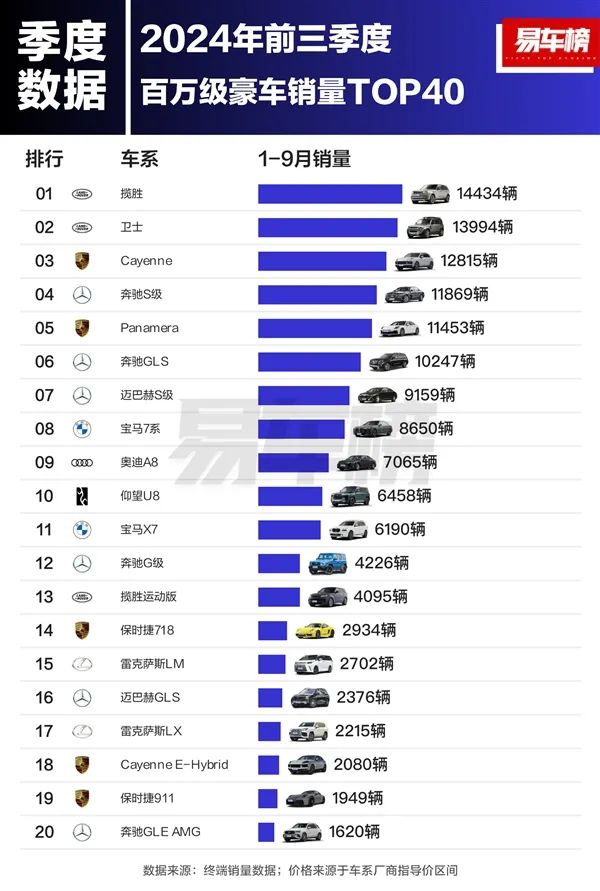
(Image source: Yiche)
Positioned as a million-yuan executive sedan, the Zunjie S800 aims to directly challenge the status of traditional luxury brands, competing with the likes of Maybach, BMW, and Audi. The fact that companies like Volkswagen and Stellantis are seeking technical cooperation with domestic new forces like XPeng and NIO underscores the technological lead of domestic automakers in the new energy vehicle era. Huawei has also cooperated with overseas automakers such as Honda, Toyota, Nissan, and Audi, providing them with technologies or hardware such as intelligent driving, intelligent cockpits, and light field screens through component supply models.
Combined with the inherent philosophy of abundant features among domestic automakers, the Zunjie S800 should not lag behind any million-yuan sedan in the same price range in terms of hardware configuration and product experience.
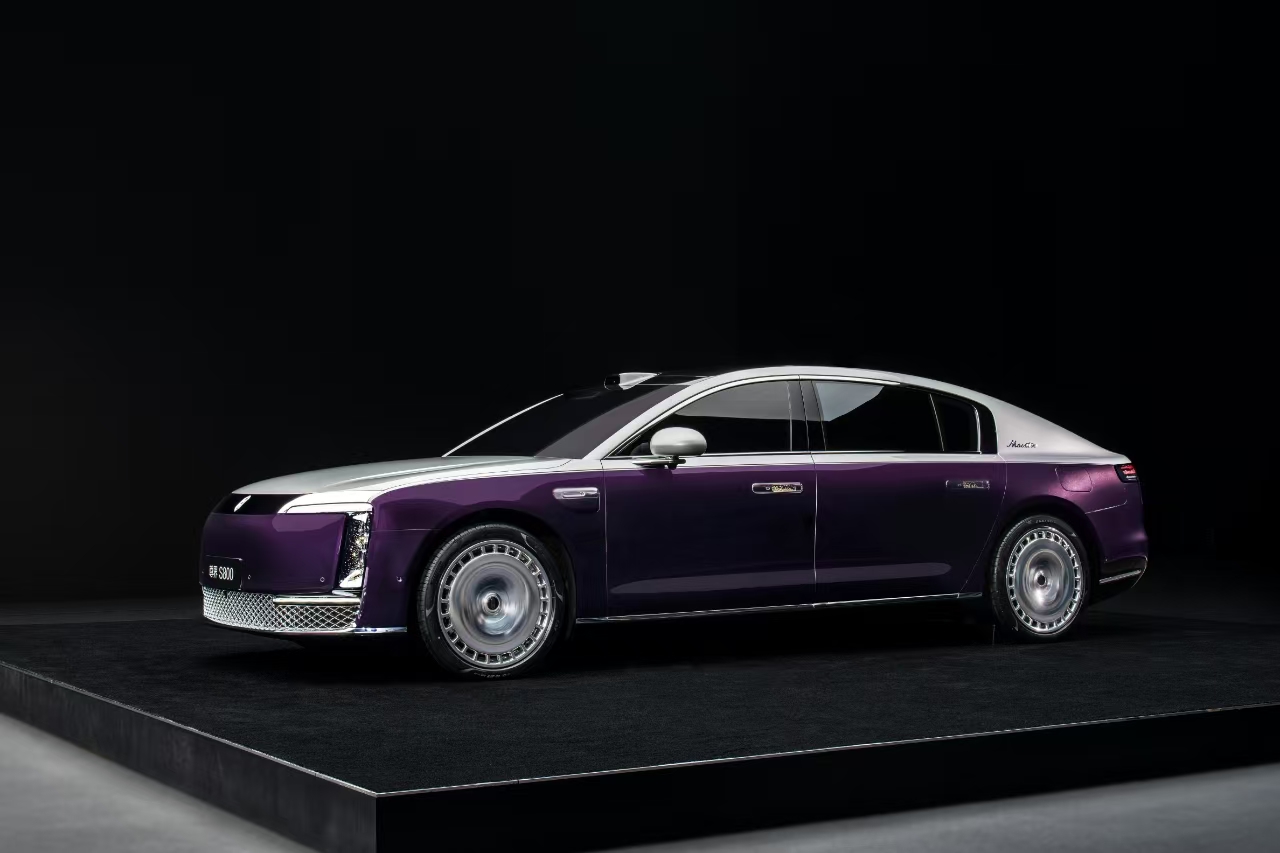
(Image source: Huawei)
When the Wenjie M9, priced around 500,000 yuan, dared to claim it was "the best SUV under 10 million yuan," the Zunjie S800, priced twice as much, dares to challenge all sedans under 20 million yuan.
As for brand influence, Huawei is on par with traditional luxury brands, evident from the keenness of Japanese automakers and domestic brands like Chery and Changan to collaborate with Huawei. With Huawei's support, automakers have more confidence to enter the high-end market.
SF Motors' leap from obscurity as a Dongfeng Xiaokang minivan to a leading luxury new energy vehicle brand demonstrates that Huawei has successfully transformed its influence in the digital and internet industries into a driving force for automotive sales. The best-selling models of AITO are not the more affordable AITO M5 but the pricier AITO M7 and M9, further proving Huawei's brand influence in the high-end market.
Through the models already launched under the AITO and Zhijie brands, Huawei has showcased its technological prowess and brand influence to consumers and automakers alike. Its technological foundation and consumer support will be decisive factors in the competition between the Zunjie S800 and traditional luxury brands. Led by Huawei, domestic luxury car brands will be bolder and more confident as they venture into the million-yuan market.
HarmonyOS Intelligent Mobility leads the way; the era of domestic luxury cars has arrived
Although not yet officially released, the Zunjie S800 already shows potential as a hit. However, the success of one model does not equate to the success of the domestic automotive industry. Only when more automakers enter the million-yuan market with sedans and SUVs, rather than sports cars or off-road vehicles, and compete head-on with overseas luxury brands, will domestic cars truly establish a foothold in the million-yuan market.
In the hundreds of thousands of yuan market, impacted by automakers like HarmonyOS Intelligent Mobility, NIO, Li Auto, and XPeng, the net profits of the German luxury automakers Benz, BMW, and Audi all declined by more than 50% in the third quarter of this year. Although there are differences between the million-yuan and hundreds of thousands of yuan markets, domestic luxury brands can draw lessons from their success in the latter for the former.
In the first three quarters of this year, the Yangwang U8 entered the top ten global million-yuan luxury car sales, marking that domestic luxury cars now have the capability to compete with overseas traditional luxury brands in the million-yuan market. The arrival of the Zunjie S800 signals the collective march of domestic luxury cars into the million-yuan market.
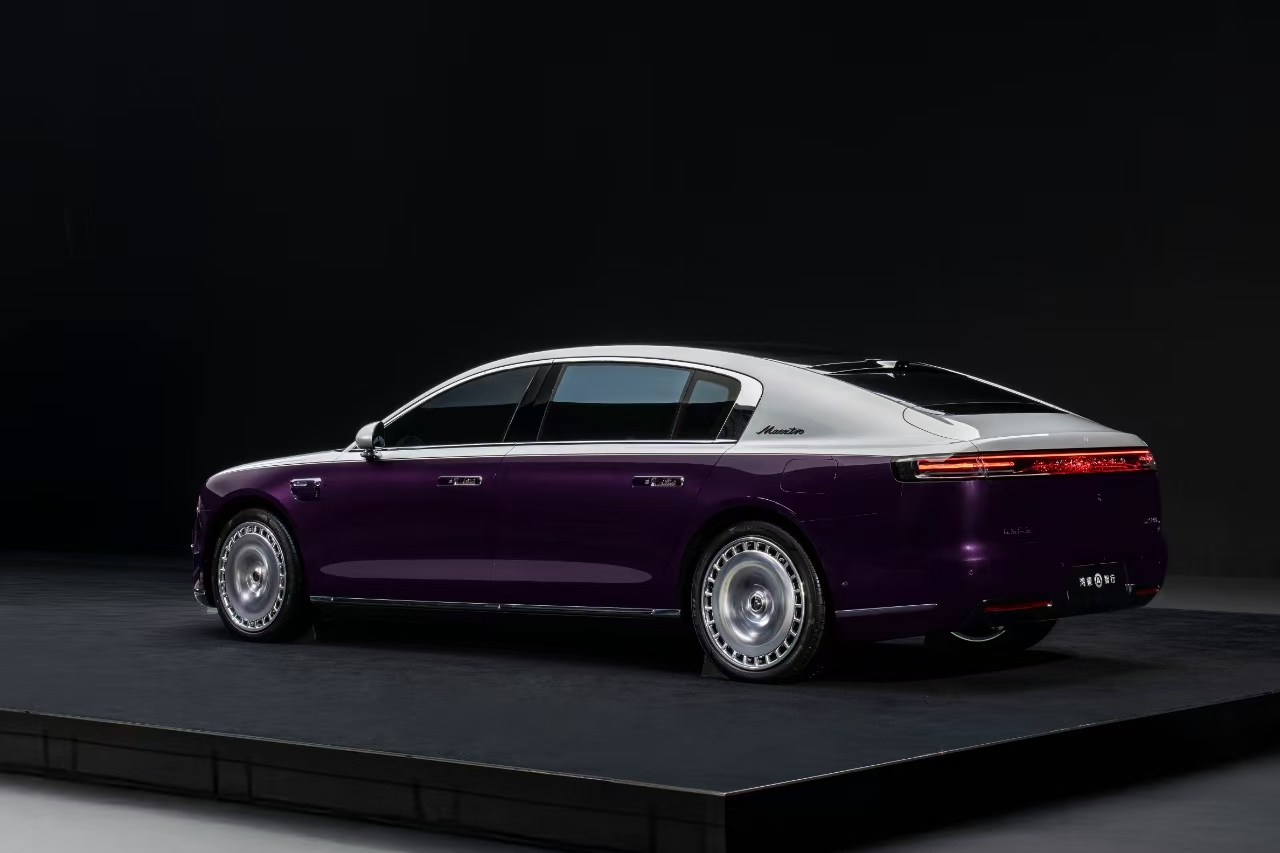
(Image source: Huawei)
Driven by the Zunjie S800, it is expected that more automakers will develop million-yuan luxury cars, focusing on sedans and SUVs, to compete head-on with traditional brands. Million-yuan luxury cars are not just about higher profit margins; they are also a stage for automakers to showcase their technological prowess and reflect their status and influence, crucial for the development of the domestic auto industry.
Led by the Yangwang U9/U8 and Aion SSR, domestic new energy luxury cars have entered the million-yuan market. Now, HarmonyOS Intelligent Mobility has taken up the baton from BYD, ushering domestic million-yuan luxury cars into a new era. In the upcoming year 2025, besides Zunjie, Yangwang, and Aion, we can expect to see more domestic million-yuan new energy luxury cars.
Source: Lei Technology








